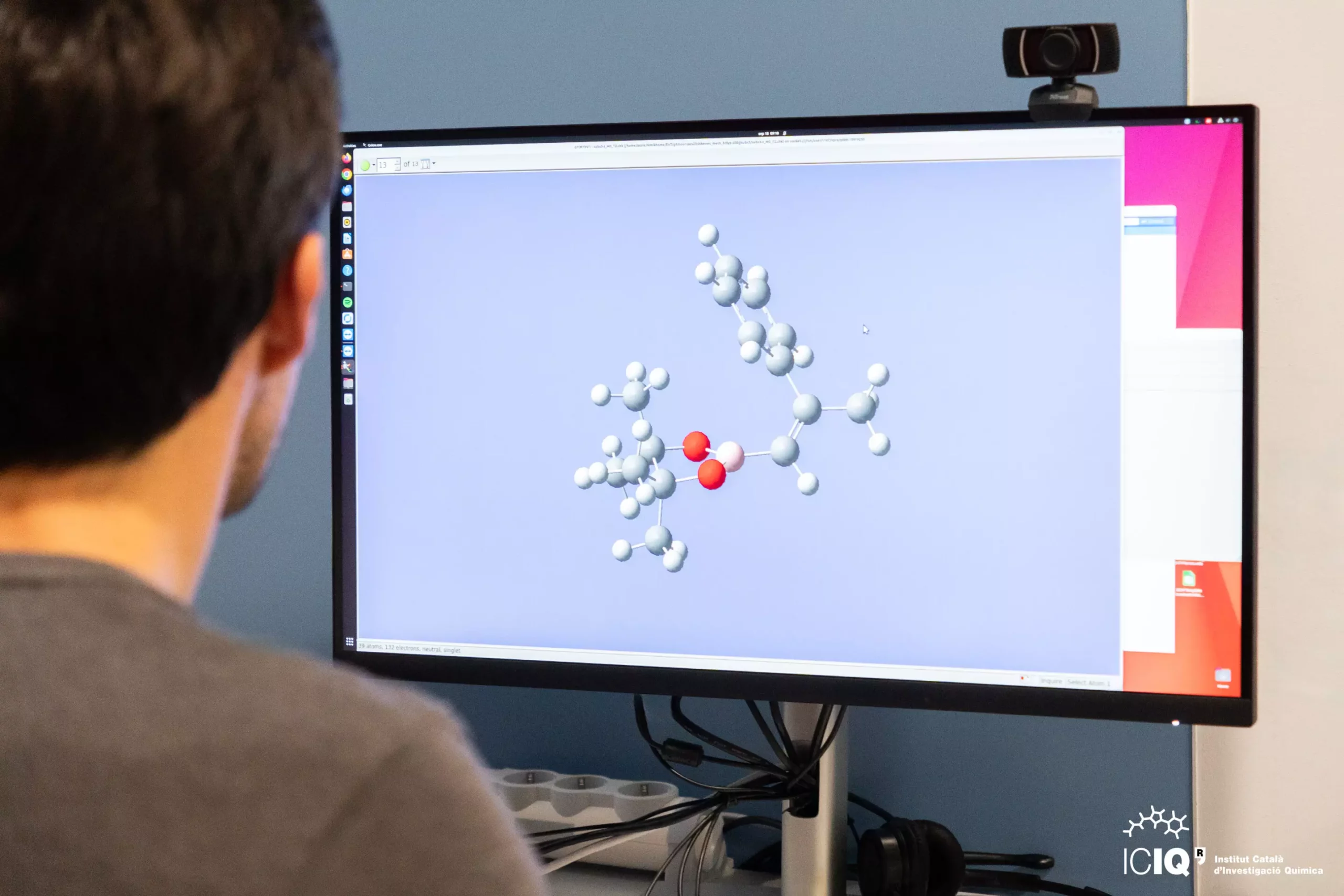Recent advancements in photocatalysis have highlighted the critical role of energy transfer (EnT) processes, which are foundational for various applications, including solar energy conversion and chemical synthesis. Researchers Dr. Albert Solé-Daura and Prof. Feliu Maseras have spearheaded investigations into the use of Marcus theory—a framework traditionally centered on electron transfer—to gain insights into the barriers that govern EnT. Their findings, published in the journal *Chemical Science*, indicate that this theoretical approach, combined with Density Functional Theory (DFT), can effectively estimate these barriers, paving the way for new computational strategies in this field.
Originally, Marcus theory was designed to elucidate single-electron transfer (SET) dynamics. The adaptation of this theory to model EnT marks a significant expansion of its applicability. Although EnT processes can be conceptualized through a sequence of SET events between donor and acceptor molecules, the exploration of this application has historically been limited. Traditional methodologies for understanding EnT events often rely on complex wavefunction-based calculations, which can be prohibitively resource-intensive, leading to a preference for methodologies that are sustainable for extensive computational analysis.
The Shift to a Cost-Effective Computational Framework
In their research, Maseras and his team have emphasized the potential of classical Marcus theory, which simplifies the modeling of EnT by neglecting the intricate electronic interactions between states. This approach allows for a more accessible and economical method of gauging the energetics involved in EnT events. Their examination of an asymmetric variant of Marcus theory is particularly noteworthy. This adaptation accounts for variations in energy landscape representation, where reactant and product states are depicted with asymmetrical parabolic profiles. Such a model demonstrates a remarkable capacity to accurately predict free-energy barriers associated with EnT.
Implications for Future Research and Development
The implications of these findings extend far beyond theoretical exploration. The ability to predict EnT barriers with greater fidelity could revolutionize the optimization of photocatalytic systems. As Prof. Maseras pointed out, understanding the structure-activity relationships underlying these processes will not only expedite experimental methodologies but also facilitate the development of more efficient catalysts. This shift towards a computational focus is crucial, as it democratizes access to predictive modeling in energy transfer, enabling researchers to conduct extensive screenings of potential photocatalysts with greater ease.
Despite the promising outcomes of this research, Dr. Solé-Daura notes that EnT events remain a relatively underexplored domain in computational chemistry, primarily due to their complexity compared to conventional reactions involving bond formation or dissociation. However, as researchers continue to refine their approaches and embrace models like the asymmetric Marcus theory, the future looks increasingly bright for advances in EnT photocatalysis. This evolving landscape invites further inquiry and investment into computational methodologies that could unlock the full potential of energy transfer, ultimately contributing to more sustainable chemical processes and energy solutions.


Leave a Reply